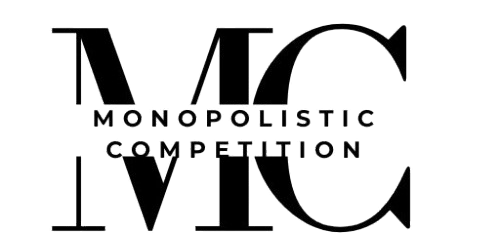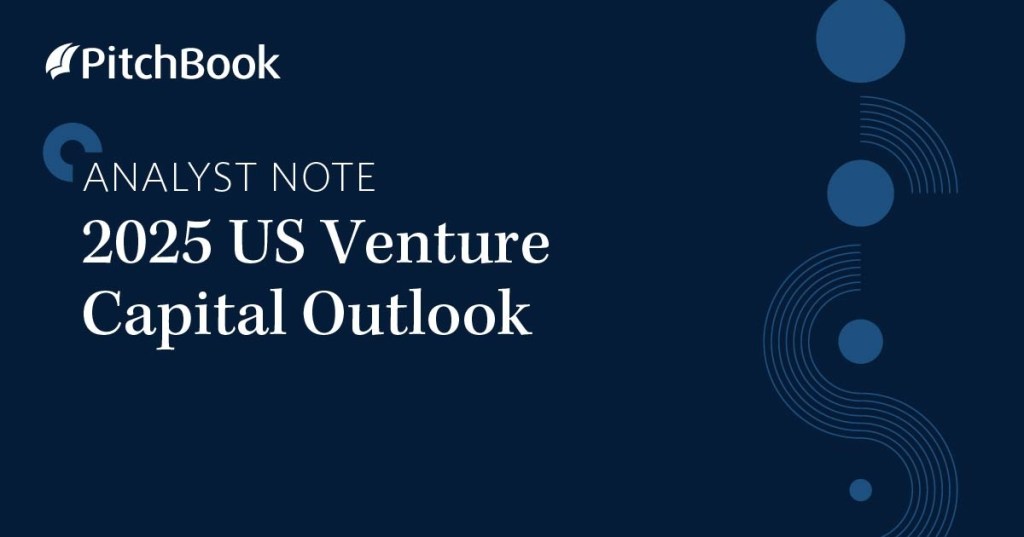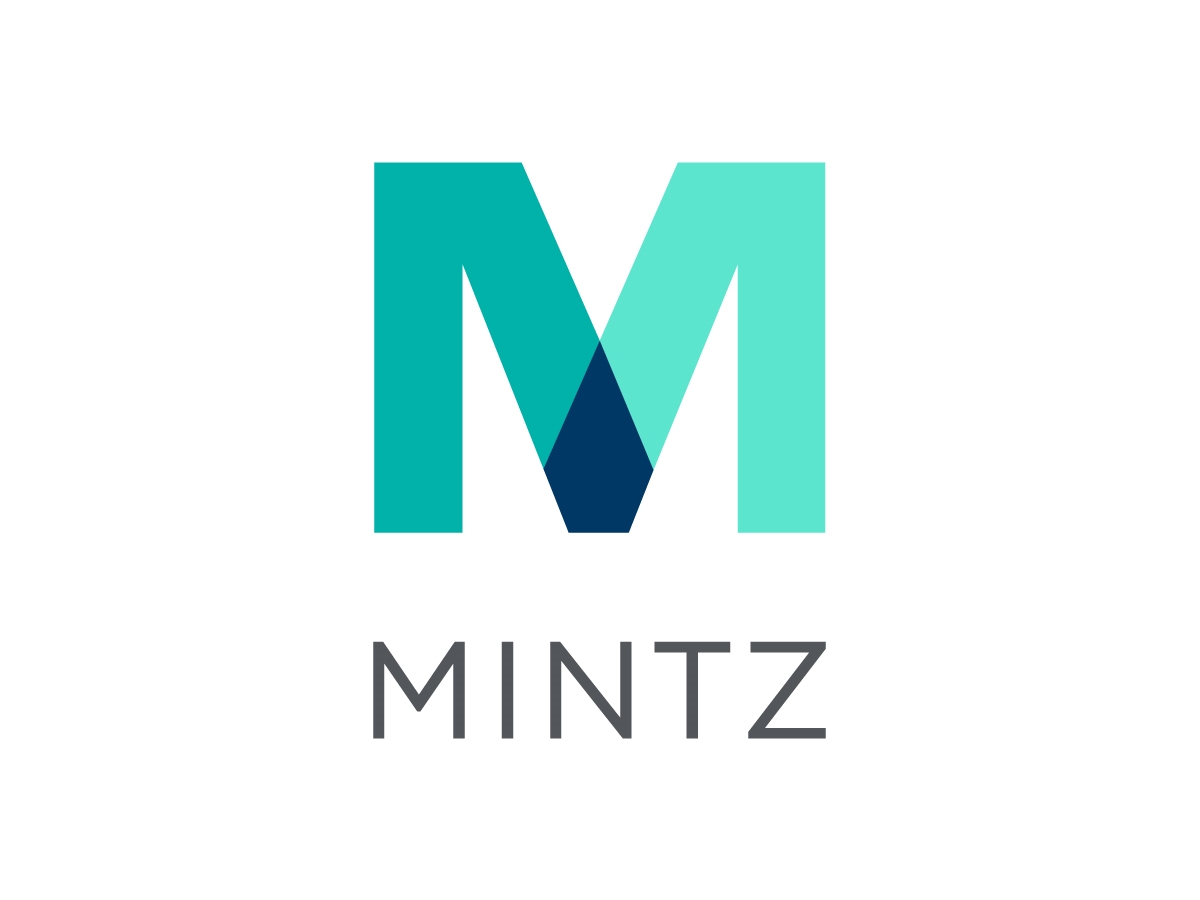The outlook for U.S. venture capital investments for 2025 looks relatively stronger than what the market has produced in the past few years, according to a report by Pitchbook.
In the year-end VC report, Pitchbook said exits (startups being bought or going public) are projected to increase, and a moderate uptick in the number of large tech companies hitting public markets should be a major boost to exit value.
And that will stir reinvestment. Pitchbook said this trend will then increase distributions and provide limited partners with the liquidity they need to reinvest into the strategy or balance their overall portfolio.
“We have long said that dry powder would continue to stabilize dealmaking, and it largely did at seed and early-stage deals,” Pitchbook said. “Not all those deals were a win for everyone—some mixed with dilutive structures or raised at significantly lower valuations—but there were deals getting done. Market conditions should favor VC in some areas, but the bar of improvement is low.”
The Federal Reserve’s (the Fed’s) rate cut in September started the path forward. Assuming inflation remains low and keeps pace for further cuts, then markets should react accordingly, and there will be more risk appetite enter public markets, enticing tech companies with the idea that now is better than never. There remains uncertainty in the market, and potential increases for macroeconomic-volatility-creating events may continue to occur.
With a re-elected Trump administration, proposed tariffs on imported goods from countries like China and Mexico could rile markets. The administration’s handling of the wars in Ukraine and the Middle East, not to mention elevated US-China tensions, are also poised to induce market movement.
The U.S. economy is set up relatively well moving into 2025. Inflation has been on track to progress toward the Fed’s target level, public markets have experienced meaningful gains over the past year, GDP growth is around 2.5% and steady, and unemployment is reasonable. Corporate earnings have also presented robustly in the market. In general, the economic indicators bifurcate from consumer confidence, which has been low and still has not recovered from pre-COVID-19 highs.
Venture has marched to its own beat, though. AI has driven Wall Street interest and has resoundingly drawn the most VC dollars. Late-stage and venture-growth deals have lagged in the last few years because of the lack of crossover investor capital flowing into VC. Those institutions felt the sting of the dried-up liquidity, but many opportunities exist for investment into companies waiting to IPO, and an increase in listings should also loosen the grip on that capital. The last few years of pain for VC has likely helped flush the system of tourists for the moment, as well as the investors that were into VC because it was the “it” thing to do.
As a team, Pitchbook said its outlook on U.S. venture capital is moderately positive for 2025. That does not mean that challenges are gone. Flat and down rounds will likely continue at higher paces than the market is accustomed to. More companies will likely shut down or fall out of the venture funding cycle.
However, both of those expectations are holdovers from 2021.
“We do not expect IPO counts to finish the year anywhere near the roughly 200 (not including SPACs) that occurred in 2021, but 40% of U.S. unicorns have been held in portfolios for at least nine years, and that group accounts for more than $1 trillion in value. That is a figure that can quickly push exit values high and restart the VC machine,” Pitchbook said.
Pitchbook’s rationale noted that, from 2016 through 2020, the average capital demand-supply ratio for the venture market was approximately 1.2 times for late-stage companies and 1.4 times for venture-
growth-stage companies. This indicates that there was consistently more capital needed by startups than was being supplied by investors. The venture capital demand-supply ratio measures the balance between the capital deployed by VC firms and other market participants (capital supply) and the amount of startups seeking to raise capital (capital demand).
A 1x ratio represents a balanced market where supply equals demand. However, for late- and venture-growth-stage companies, estimated demand has typically exceeded supply, driven by their proximity to public markets. By 2023, the demand-supply ratio peaked at 3.5 times for these companies, a significant imbalance wherein only $1 million was available for every $3.5 million demanded by startups, for example.
This ratio captures the cyclical nature of the venture market. During the 2020-2021 boom, near-zero interest rates and an influx of nontraditional investors created unprecedented capital availability, pushing the ratio to a low of 0.6x for late- and venture-growth-stage companies by Q4 2021. As macroeconomic conditions shifted, rising interest rates and inflation led to a retreat of nontraditional investors, quickly reversing the trend.
By 2023, the demand-supply ratio surged to a peak of 3.5 times, reflecting dwindling capital availability and heightened investor selectivity. This environment has particularly impacted more mature startups, many of which raised large rounds during the 2020-2021 boom and now face challenges securing new funding at comparable valuations. A frozen exit environment has exacerbated these challenges, keeping many companies private. While some stronger startups have managed to raise capital, others have faced increasing financial pressure. Outlook: The demand-supply imbalance for late- and venture-growth-stage companies will remain above 2016-2020 trend averages.
As conditions improve, and with the expectation that there is a relatively stronger exit market, we expect 2025 demand-supply ratios to meet or continue to trend above the 2016-2020 averages of 1.2 times for late-stage companies and 1.4 times for venture-growth-stage companies. Using the current inventory of deals, Pitchbook projects with the 2016-2020 historical averages that the observed deal value per month would need to reach approximately $15 billion for late-stage companies and $7 billion for venture-growth-stage companies.
While an anticipated uptick in exit activity next year could restart the venture flywheel, the backlog of private companies and ongoing capital constraints suggest the recovery is likely to be gradual. Pitchbook estimates that there are currently 18,000-plus late-stage and venture-growth companies in the inventory, accounting for 32.4% of VC-backed companies—of which at least 1,000 VC-backed companies have not raised another VC round since 2021, said Kyle Stanford, Pitchbook analyst.
A key risk lies in any significant changes that could bring the market demand-supply closer to parity, shifting the ratio away from the expected imbalance. A rapid reopening of the exit market, driven by increased IPOs or M&A activity, could release the backlog of later-stage demand, increasing distributions back to LPs. Additionally, as nontraditional investors offload part of their portfolio and as later-stage companies look to restructure in preparation for exit opportunities, strong potential exists for greater nontraditional investor participation into venture.
Historically, VC funds that deployed capital during recovery phases have delivered stronger returns, further incentivizing re-entry into venture. Moreover, periods of high liquidity are often associated with faster deployment cycles. If nontraditional investors re-enter the market and traditional venture investors significantly increase deployment speeds, the anticipated imbalance above the 1.2x and 1.4x demand-
supply ratio for late- and venture-growth-stage companies, respectively, may not materialize.












Leave a Reply